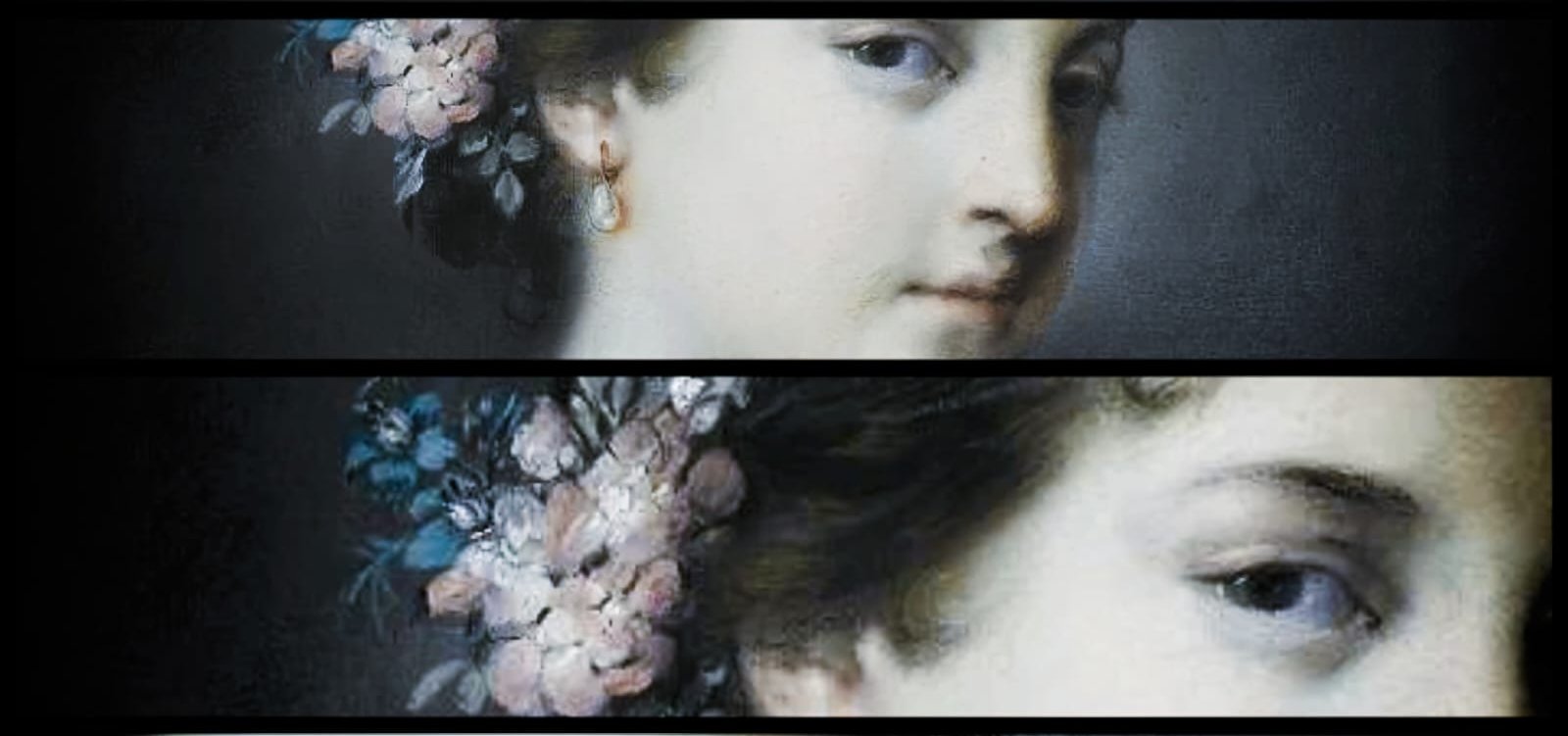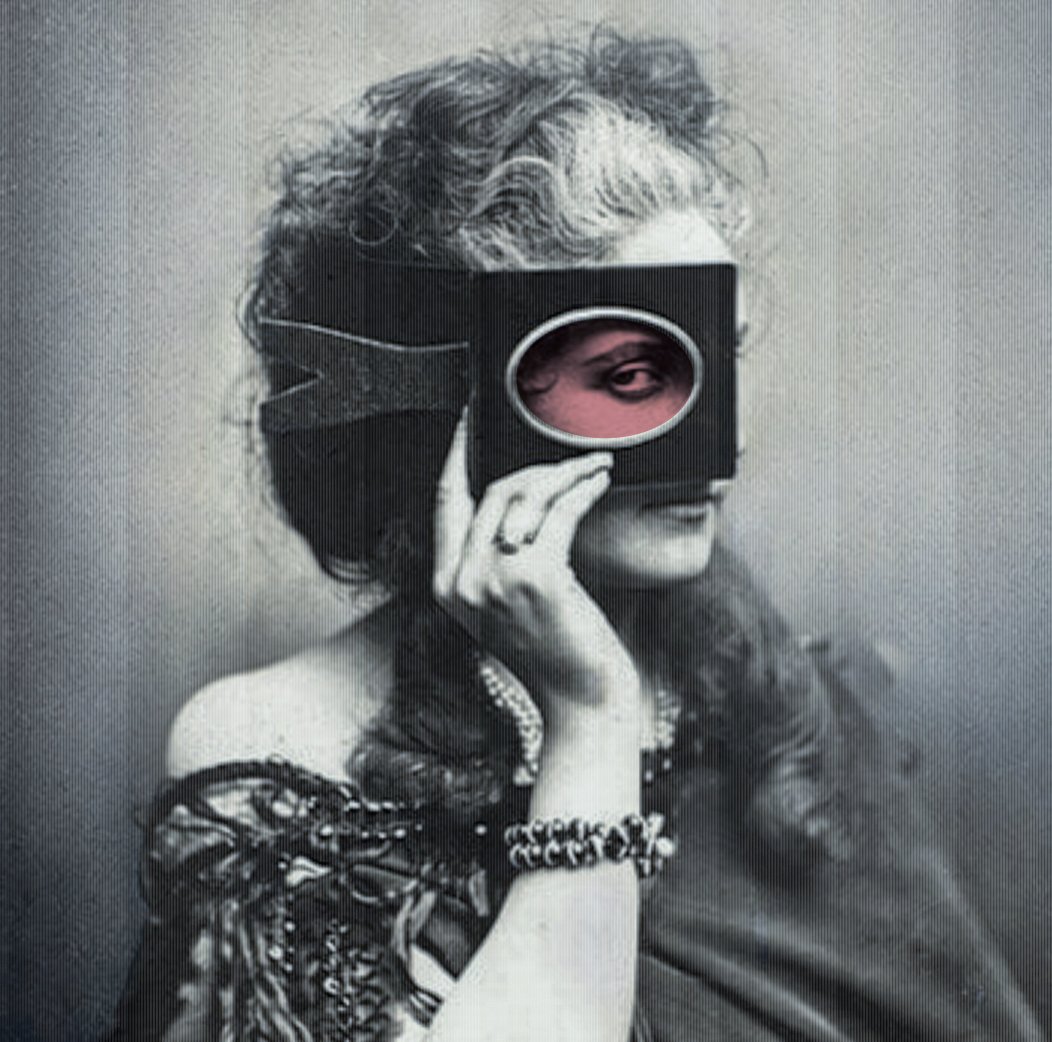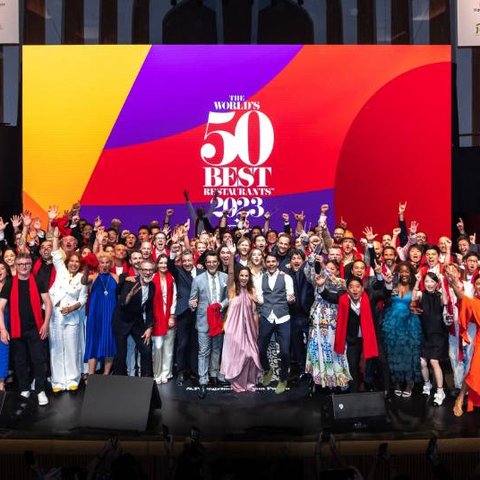Curated by Caterina Corni, an expert in modern and contemporary Indian art, the exhibition offers an intense and reflective narrative on the female body, seen and told by women themselves, through a journey in art history that spans from the 1500s to the present day.
The exhibition, which includes around eighty medium and large-sized works, presents a contemporary reinterpretation of the female body, focusing on looks, gestures, and details that often escape the common observer's eye. It invites reflection on the image of women in art, not merely as passive muses but as creators and interpreters of their own desires. For centuries, women have been depicted in art as static figures—angels of the home, mothers, wives—without a real place in the world beyond the roles assigned to them by men. Yet, their presence as artists has always existed, though often marginalized. Names like Artemisia Gentileschi, Lavinia Fontana, and Elisabetta Sirani have broken the chains of invisibility, paving the way for a new concept: women are not just subjects to be observed but authors capable of shaping their own artistic destiny.
The heart of the exhibition focuses on female eroticism, approached from a new perspective. It is not about predictable or purely physical eroticism; instead, the artists in the exhibition choose to express female desire through atmosphere, poetry, and the delicacy of their works. As Picasso once said, "Art is never chaste, and if it is, it is not art," these works invite us to reconsider the body as a vehicle for emotions and freedom, beyond any imposed conventions.
“Il Canto del Corpo” is a visual journey where the female body is deconstructed into fragments, told through lights and shadows that evoke almost theatrical atmospheres and sequences reminiscent of cinematic frames. It is a dialogue between art, body, and soul, where each woman reclaims her sensuality, her right to be both observer and creator.
As Studio Medico Boscovich emphasizes, “Good medicine is an art. Art is excellent therapy.” The exhibition thus becomes a cathartic experience, where art and well-being intertwine, offering visitors an intimate and profound journey into the discovery of the feminine.
An unmissable opportunity to reflect on how art can be a powerful means of expression and awareness of the female body, in a context that uniquely blends culture and medicine.








